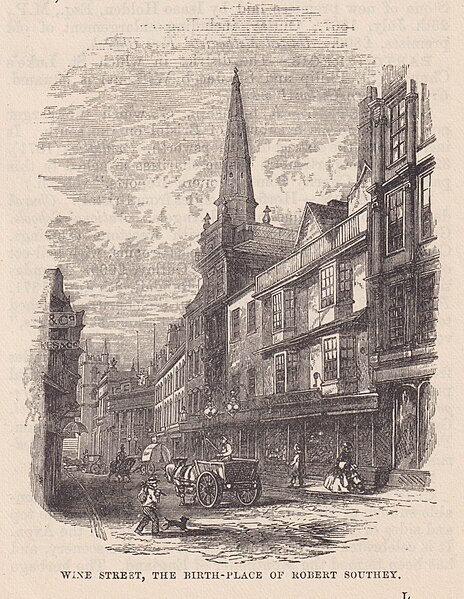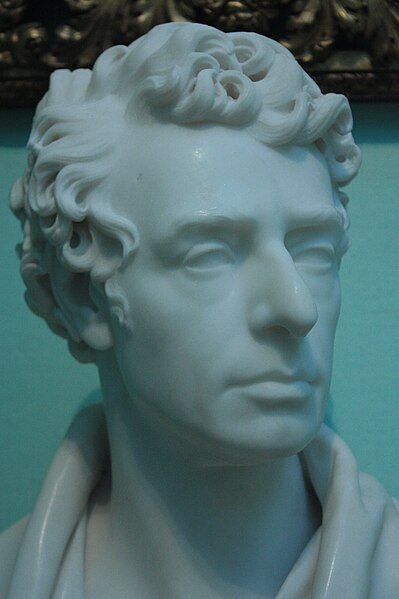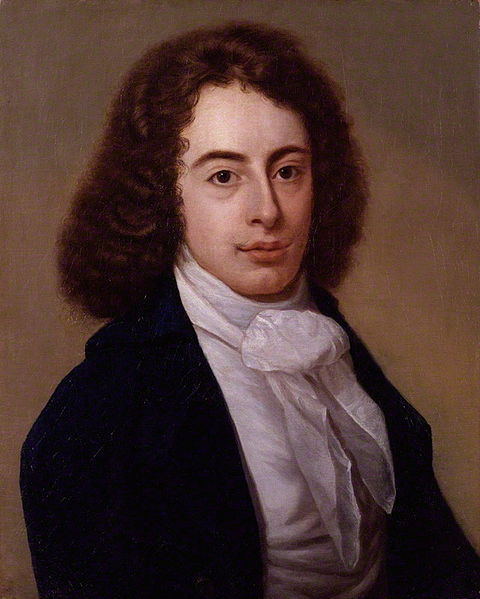"The Inchcape Rock" is a ballad written by English poet Robert Southey. Published in 1802, it tells the story of a 14th-century attempt by the Abbot of Arbroath ("Aberbrothock") to install a warning bell on Inchcape, a notorious sandstone reef about 11 miles (18 km) off the east coast of Scotland. The poem tells how the bell was removed by a pirate, who subsequently perished on the reef while returning to Scotland in bad weather some time later.
Bell Rock Lighthouse was built on the Inchcape reef in the early 19th century, and is named after the legend of the abbot's bell
Robert Southey was an English poet of the Romantic school, and Poet Laureate from 1813 until his death. Like the other Lake Poets, William Wordsworth and Samuel Taylor Coleridge, Southey began as a radical but became steadily more conservative as he gained respect for Britain and its institutions. Other romantics such as Byron accused him of siding with the establishment for money and status. He is remembered especially for the poem "After Blenheim" and the original version of "Goldilocks and the Three Bears".
Robert Southey (1774–1843), Aged 31, John Opie
Wine Street, Bristol (1872)
Robert Southey, by Sir Francis Chantrey, 1832, National Portrait Gallery, London
Peter Vandyke, Portrait of Robert Southey, Aged 21, 1795





